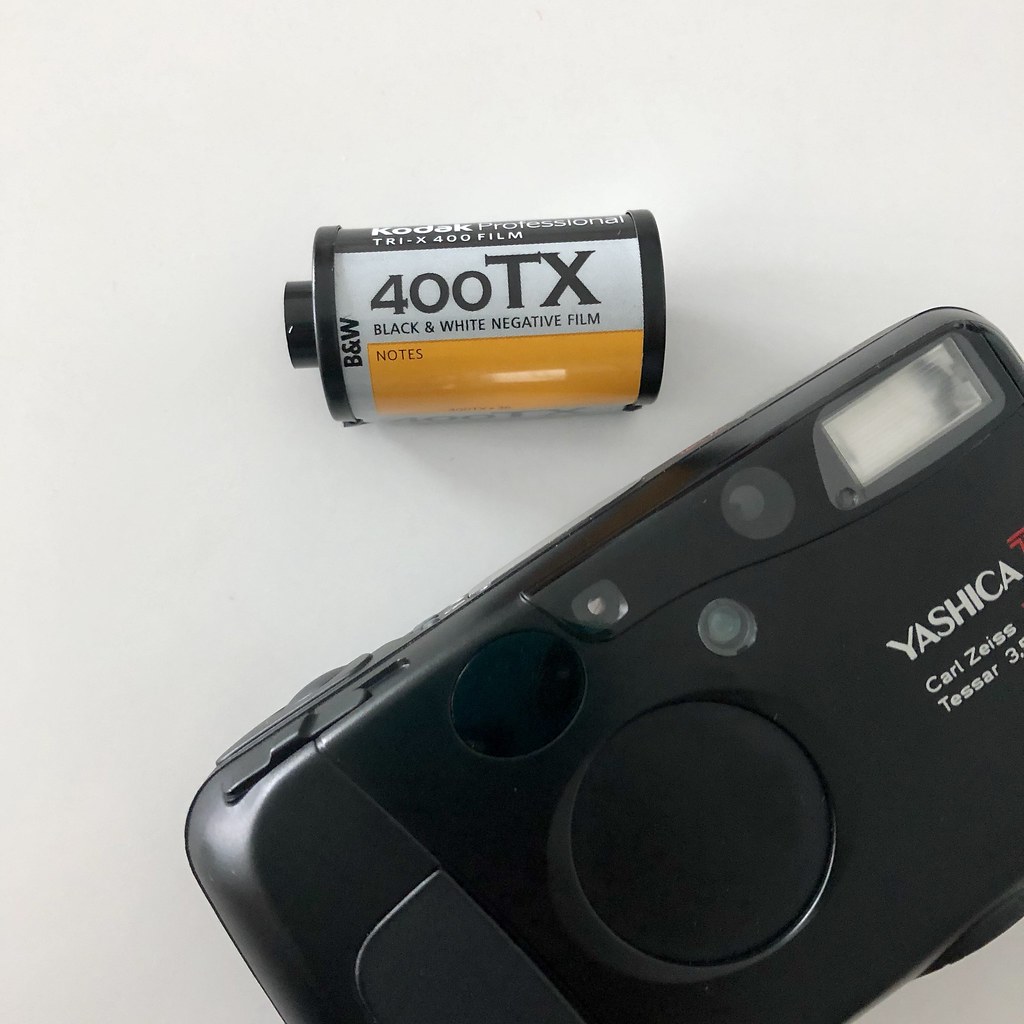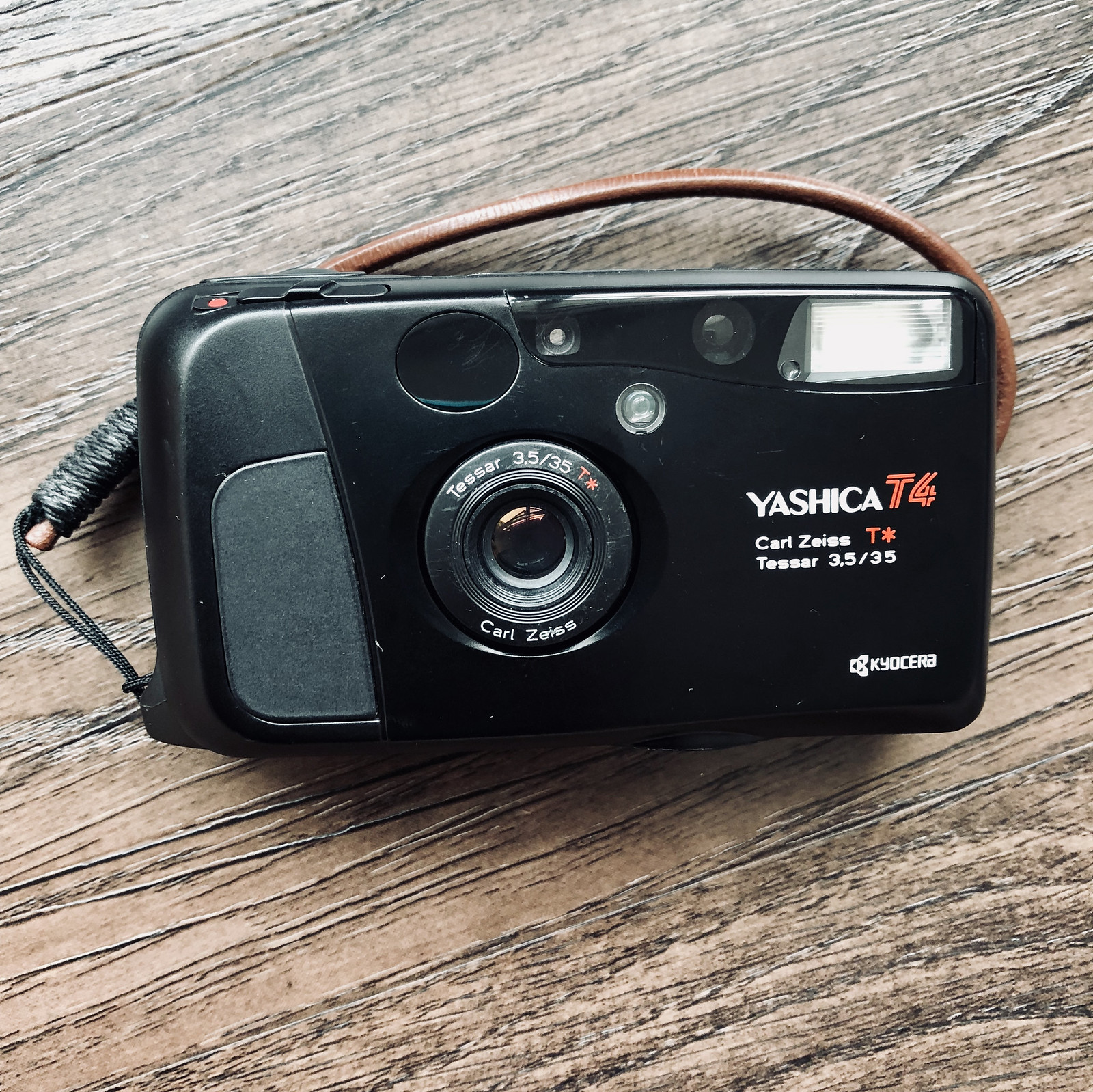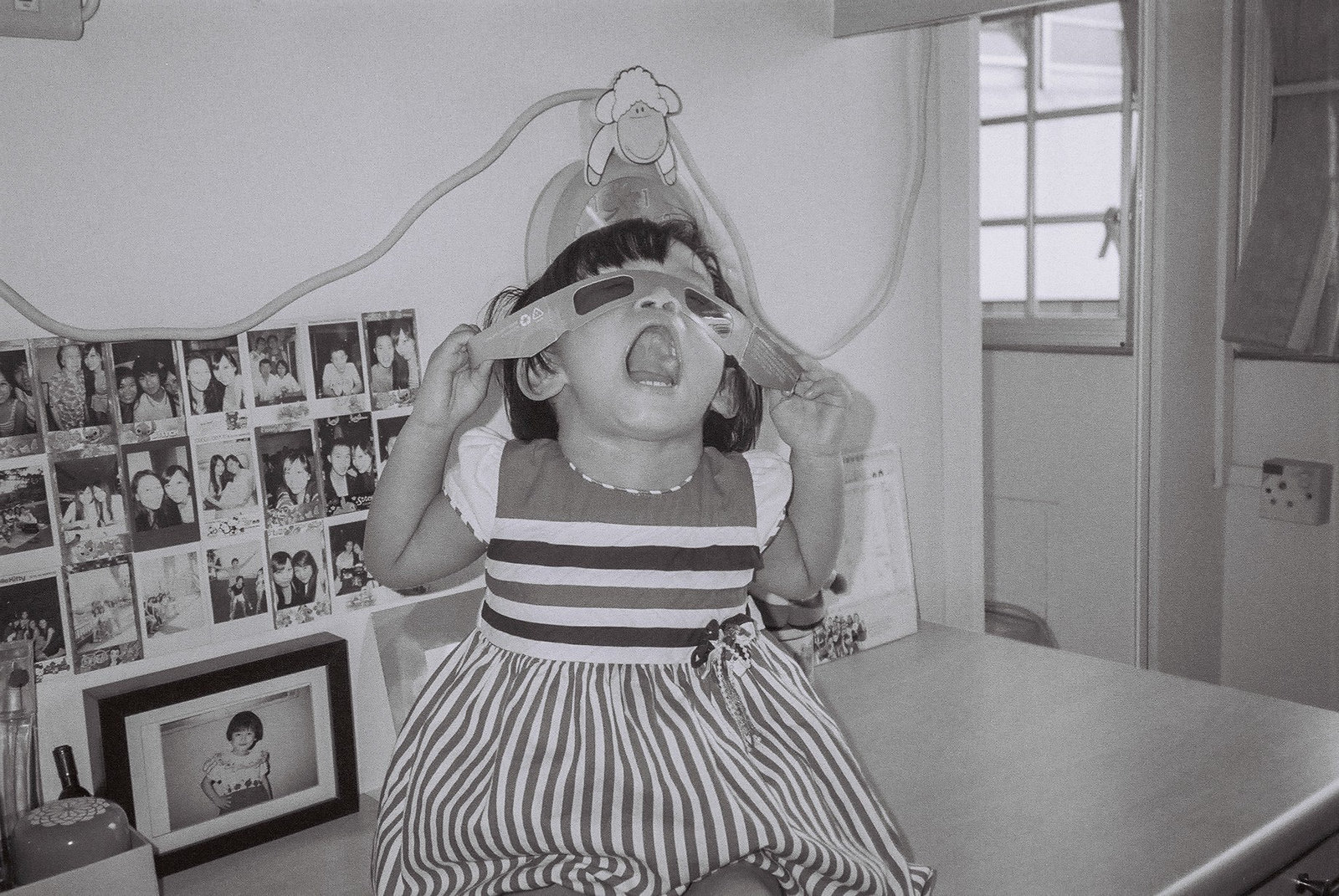No place is boring,
If you’ve had a good night’s sleep,
And have a pocket,
Full of unexposed film.Robert Adams.
This short para by Robert Adams nicely sums up the feelings I hold towards shooting film.
A limited 36 exposures gifts the feeling of that all must be perfect before one decides to depress the shutter button. There is no preview, no playback, no delete and of course – no re-doing the same shot. That romantic fatalistic feel,
It was with that nostalgia that I dug out my dad’s old Olympus OM1, a fully mechanical camera (not everyone will understand how a camera can take images without a battery but yes, they do exist) sent it for a full CLA and shot a few rolls.
But the issue of having to deal with a rangefinder manual style of focusing and of course, the costs of film development led me to put it back into the dry cabinet for a while.

not a stock or photoshopped image like what Daryl Aidan did but an image I shot of the OM1 my dad passed down to me.
And it was then later (yes I am so dumb) , friends reminded me that there are fully automated film cameras around. Not those disposable one but fully fledged cameras worth their dime and so I took my time to read, ask and learn.
After few months of searching and I soon found in my hands (form a previous owner) a set of this once-forgotten and never much talked about but recently surfaced as a ‘legendary’ camera , the Yashica T4, a camera introduced in 1990.
Why legendary? Well some reading around seemed to suggest because of 2 reasons:
- the beautiful tact sharp Carl Zeiss Tessar 35mm F3.5 lens it has,
- that it has been picked up, used by American portrait and fashion photographer Terry Richardson who swears by it.
Anyway, sharing the specs that makes it a worthy everyday lug around street camera:
- Autofocus
- Lens: Carl Zeiss Tessar 35mm, f/3.5 lens, 4 elements in 3 groups, T* (multicoated).
- Auto-exposure
- Integrated flash
- Programmed shutter: 1s-1/700s
- Exposure range: EV 3,5-EV 17 (ISO 100)
- Film speed: DX coded ISO 50-ISO 3200
- *Active AF, 3-point infrared
- Battery: CR123A
- Measurements: 116,5 × 63,5 × 37 mm, 170 g

It doesn’t get anymore minimalist than this. Timer button and Flash button to switch between the 4 flash modes. (Auto, Red eye Sync, Off, Landscape) and of course the shutter button.
And so, of course the next natural thing was to bring it around the house and daily life to see whether this new acquisition was all good to go before I invested in more films. (one common error some film users make is they don’t test the camera with a roll first before loading the most expensive one they have – unlike digital, one only knows its a all-ok after one develops the film)
 for the first test roll, I used a recently expired Kodak Tri-X 400.
for the first test roll, I used a recently expired Kodak Tri-X 400.
And so, the first roll came back and here’s some scans to share. 🙂
(do note that being films, yes – you get grain and the full works and it does take a certain amount of getting used to seeing especially if one is coming from clean clean digital)
These were all direct scans from the roll of Kodak Tri-X ISO400. Its a pure black and white film and is quite loved by film shooters.
Shooting the Yashica T4 was in simple words: a breeze and a joy. Built next to the OVF are 2 lights, the green one lights up when AF is focused and ready while the red one lights up when something is wrong – it can’t get any simpler than that.
Keep in mind the minimum focusing distance of this beautiful Zeiss lens to be around 35cm (if you didn’t know, this was one other reason I chose the T4 as most other old lenses have MFDs of 50cm – 90 cm and thus not as versatile) and I can say one is really ready to go pound the streets with this compact all-rounder.
And …. I am gonna load in a color Kodak Porta 400 film next. Look forward to the results. 😆











I came across your blog by chance.
I was fortunate enough to shoot with this camera a bunch of rolls before losing it in the mountains :/.
I agree it was a true gem!
LikeLike
Hi! In a way i guess one day there will be a generation who won’t know about film. To be able to shoot film in a way I feel well, is a blessing 🙂
LikeLike
hey loved the blog , I just got this camera and I am very new to film , do you always use flash on this camera? and if not when don’t you?
Best regards
Cory
LikeLike
Hi Cory, thank u for the kind words. Frankly I seldom use flash on this camera unless it’s an indoor shot. The film that you use determines this decision too, for example I wouldn’t really use an ISO100 indoors w/o flash and my tendency is to use ISO400 (kinda just nice for everything). Flash for me on film is really indoor or when it’s really low light, which I prob will skip the shot.
LikeLike
For low light (incandescent bulb in lamp) settings in rooms, for portraits and/or silhouette shots, can the automatic flash be turned off?
LikeLike
Yup, there’s an option to switch off the flash 🙂
LikeLike
Thank you. Sometimes I like to achIeve a more flesh tone or incandescent induced sepia tone effect when doing portraits and/or doing silhouette shots.
LikeLike
Bought mine New in the 90’s, but don’t remember when, or for how much, but NOT a lot.
Stuck it in a camera bag and forgot about it when I fell in love with SLRs.
Rediscovered it by accident and I’m shocked by the reviews I’ve read about it + its selling price online!
I certainly did not pay much for it back then !!!!!!
LikeLiked by 1 person
Hi George , haha that is for sure. I also find it frightening how the prices of some of these cameras have jumped in the last decade. For example the Contax T2 and T3 are two models I prob will never own due to their prices and that there’s no more spare parts left should repairs be needed.
LikeLike
Sometimes we don’t appreciate things until they are long gone, and their technical performance has proven itself to span the length of time and by comparison to products then and now.
LikeLike